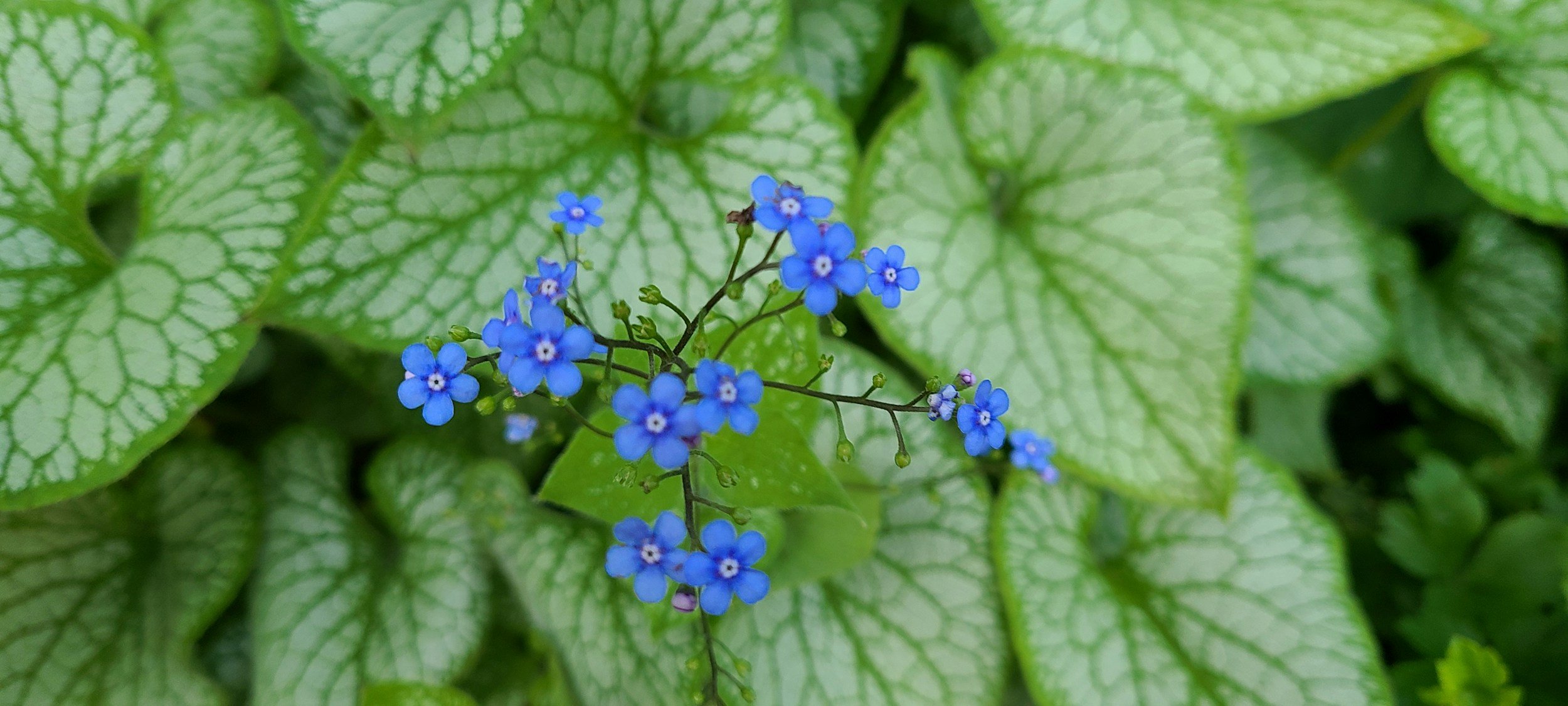4 Ways to Live More Intentionally
What is intentional living?
Welcome in. Dr. Kelly Vincent here. :-)
I’d like to invite you in on a little exploration when it comes to the topic of intentional living. This is one of my favorite topics and something I’ve been working to cultivate for the past few years. If you are reading this, and intrigued, but yet also totally clueless as to what that even means, you are in the right place. Let’s explore what it means to live intentionally and then soften into a few suggestions of the “how.”
Now, I need to start with the fact that an intentional living lifestyle may be foreign to you. This makes perfect sense given the world and cultural norms we live in (referencing American culture specifically). I know it did to me at first. We are constantly bombarded with notifications, pings, alerts, 24-hour news, a flood of images and videos, and exposed to how others are living on a daily basis (hello doom scrolling). Our world is enhanced through filters and features.
If we stop and take a pause to reflect, most of us can agree that it.is.too.much. Too much for our minds, bodies, and more specifically nervous systems to take in each and every day. The intensity, hustle, driving, and go-go mentality sends us into flight/flight mode or maybe even shut down mode.
So, circling back around to the idea of intentional living.
To put it simply, intentional living is the opposite of typical daily living. It is a slower, intentional, way of being. It may invite reflection, pause, softening, and rest. It is about noticing and acknowledging what you value and living through those values. It is about your authentic, true self getting to show up and just “be.” It is about living your life in a way that feels aligned and true.
The thing with intentional living is that it is different for each and every human. We come from different backgrounds, and have different needs, varying beliefs, and values (and different circumstances); thus, it is important to cultivate an intentional way of being that fits us. It is about looking inward to understand what is meaningful and valuable to us and then working to make lifestyle shifts toward those values.
Research also highlights the benefits of living with intention.
For example, in this 2021 study, participants recorded their distress, well-being, and values-based actions every day for 21 days. Taking more values-based actions (e.g. identifying what they value and then making decisions based on those values) was linked to lower daily distress and greater daily well-being.
A 2019 study with college students found that taking values-based actions promoted a higher ability to manage stressful life events.
Let’s start to create a little space for the concept of intentional living. To get you started, here are a few questions to ponder:
What makes me feel alive?
What are my core values?
What does my “ideal life” look like?
What is meaningful to me?
What ignites my soul?
What do I believe to be true?
What allows me to feel grounded?
What provides space for me to feel connected to my mind and body?
What makes me feel good? And how do I know it feels good?
intentional living
〰️
intentional living 〰️
4 Ways to Live More Intentionally
ONE
Identifying your Core Values
Values work is so important. It might not seem that impactful when you first think about it, but if you think about how our values are tied to our actions, it becomes way more obvious as to why living through our values is key. For example, say you value human connection. This value gets pushed aside in your daily living because your job is high-stress, you're a parent trying to survive, or you simply are hanging on by a thread. Instead, you find yourself scrolling Instagram and feeling a ping of connection to close friends as you scroll through their life. However, this isn’t a true connection. It is what I would call an artificial connection.
But say, you were working to live more intentionally, and you intentionally created space to call a friend in between pick-ups of the kids. You may notice after that chat with a close friend you feel your mood boost, your general demeanor lighten, and a sense of connection to others has formed. This intentional action to live through your value of connection helps enhance or boost your everyday living.
If you are interested to explore more about your core values, you might want to utilize Brene Brown’s list of values to start. I’d encourage you to look over all the values once and then pick your top 20, then narrow it down to your top 10, and then your top 5. This will be hard to do but just go with that gut intuition.
TWO
Identity Exploration
As we get older, we can get swept up in our jobs or roles (e.g. motherhood) and we start to disconnect from our true selves or what I like to call our “authentic selves.” We aren’t necessarily conscious of this disconnection, as we are just moving through our days to attempt to keep up. However, that core authentic “Self” (as described in IFS language) seems to get buried over time. The parts of us that truly align with who we are as people. It can be helpful to take some space and time to explore your present-day identity.
Keep in mind, our identity is constantly shifting throughout life. There are some core pieces of who we are that remain constant, but there are other aspects of ourselves we shed or embrace depending on where we are at.
Your true identity may be found somewhere between your imagined self and outside your comfort zone.
If you are new to identity exploration, here are a few ways to cultivate space to build insight into the true you:
Using the core values identified above, you can glean a sense of what is meaningful and valuable to you as a human
Grab a piece of paper and write out all the different parts of you (mom, friend, daughter, son, wife, partner, etc). These “roles” aren’t necessarily you at your core, they may be more of what you do.
What are your core beliefs and do they truly align with who you are?
What are cultural factors that intersect with your identity?
If you close your eyes and imagine a magical life for yourself, what would that entail? How would you show up in this magical life? How would you embody it?
THREE
making restorative rest a priority
To intentionally live, you must rest. Intention needs spaciousness. It needs room to breathe and think clearly. We all know our mind and body need rest; however, most of us power through, pushing our bodies and minds to a place of intensity. When we think about intentional living, we can think of it as intentional space and time for ourselves. When we are given the chance to rest, truly rest, we can connect more easily to ourselves, our needs, and to others.
Each and every day should include some kind of restorative rest. It doesn’t need to be an entire yoga class, it instead, could just be a moment where you deeply breathe. Maybe you schedule it into your calendar or maybe you do sign up for that class that will give you the dedicated time you need.
If you are an individual who struggles to get time, I totally get it. It is not easy to carve out space for yourself. Perhaps you start very small, by integrating rest time into your daily routine. For example, maybe when you are taking a shower, you encourage yourself to just be present at that moment. Feeling the water, noticing the sensations as you wash your hair, and being present to the smells. Or maybe when you are brushing your teeth, you take time just be with yourself without thinking or planning.
As you integrate more micro-moments of rest, you can build towards more robust efforts like a 10-minute guided meditation or a gentle yoga class being taught online. The body and mind will thank you.
FOUR
INTENTIONAL FOCUS FOR DAILY LIVING
When it comes to living more intentionally, we also have to think about the basics of just being intentional. This is more of a mindset shift. For example, you might be more intentional about how you spend your free time or more intentional with your kids. It is a constant awareness that is humming in the background.
If shameful parts of you (“Gosh, why am I scrolling again. I am so stupid”) come up, just take notice and then bring your attention back to your overall intention. It takes effort to make shifts in a direction that feels more aligned. I will leave you with these questions to ask yourself to build intentional awareness:
How can I be more intentional in my day?
What does intentional living look like for me?
How can I make myself more (compassionately) accountable?
Are there intentional reminders I can include to make this top of mind?
What activities feel unintentional (scrolling, television, etc)?
I’d invite you to sit with this concept and idea for a bit and let it soften in. Remember, intentional living is more about connecting with your intuition than “solving” or “fixing.”
Take good care -
Dr. Vincent
Pin This Post!
Related Posts
If this post was helpful, you might also like these…










Wondering if therapy is right for you—even if you're high-functioning? At Nourished Wellness Group, we specialize in holistic therapy in Encinitas and virtual therapy across California. Learn the subtle signs that therapy can help, especially if you're navigating stress, anxiety, or burnout while appearing “fine” on the outside. Discover how nervous system-informed care can support deep, sustainable healing.